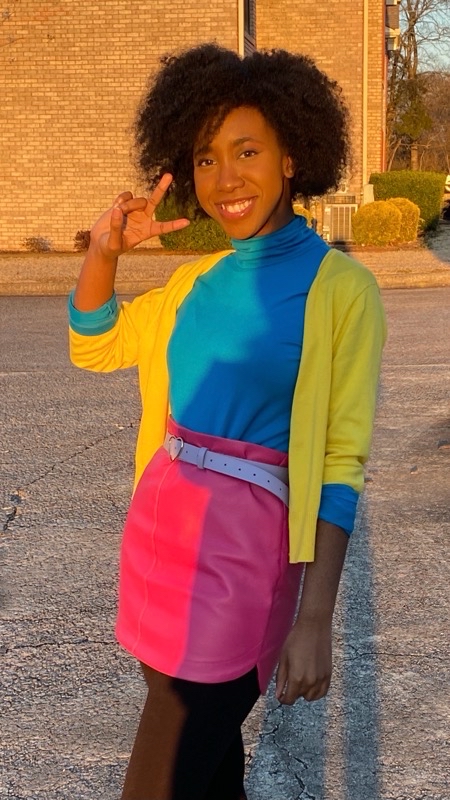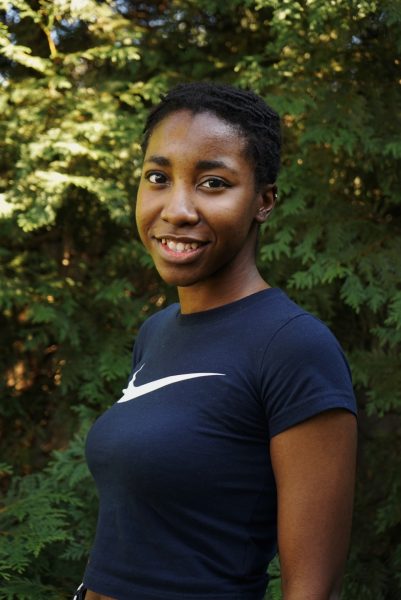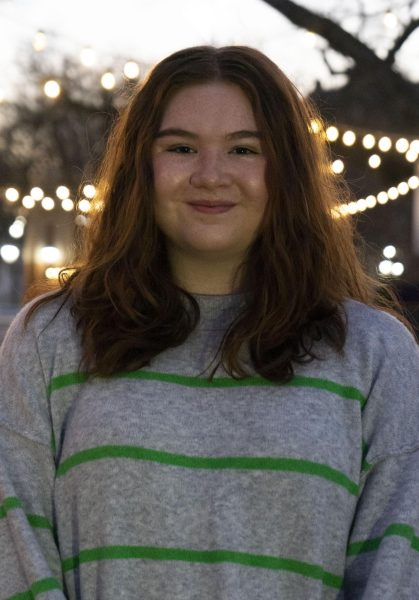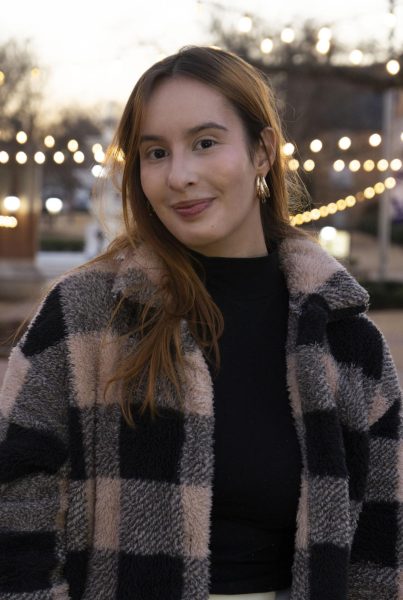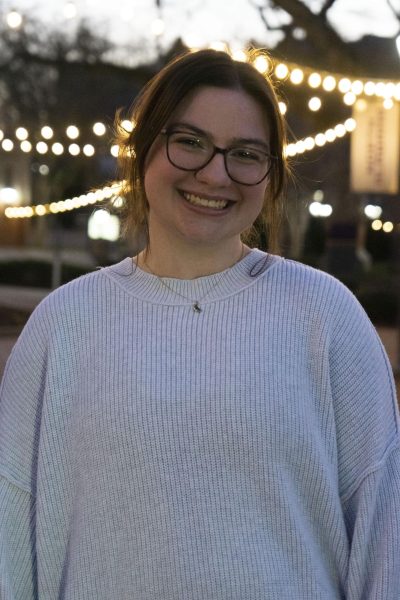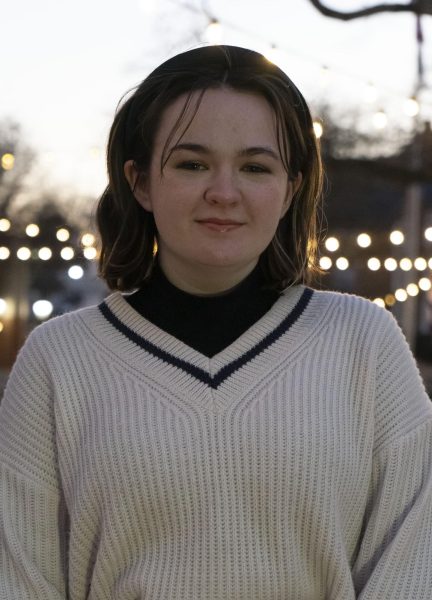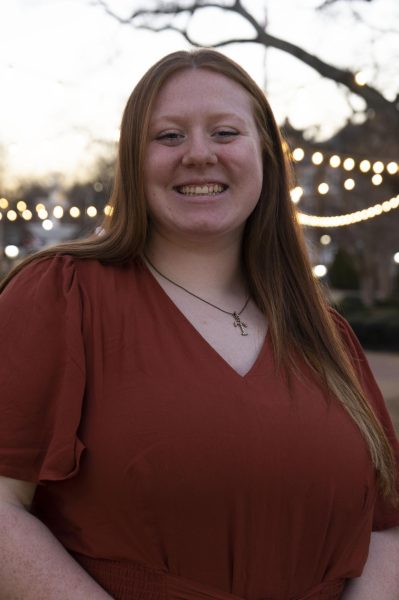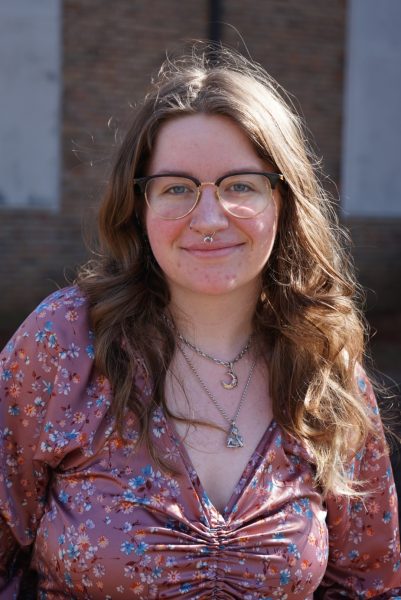To the black girl who makes things: this is for you
February 27, 2022
It doesn’t matter what you make. Drawings, food, Tiktok videos, mood boards, random rap lyrics that you’ll never show anyone. This is for you. I want to tell you to keep making things. Keep writing, keep drawing, and keep performing. Not just for
your own creative well-being (though that’s important), but for the benefit of everyone who might be influenced by your work. When you make things, some element of your personal truth will always be in it. Sharing that can be scary because everyone won’t get it, but someone will, and she might need it.
To give you a better idea of what I’m talking about, I want to tell you about a girl that liked Star Trek. Mae C. Jemison was born not too far from here in Decatur, Alabama. During the Civil Rights Movement in 1966, the twelve-year-old would curl up in front of her family’s living room TV on Thursdays to follow the adventures of the USS Enterprise on NBC. It wasn’t really a show aimed at little black girls, but Jemison was fascinated by the character of Nyota Uhura, who was played by a black woman. It was Jemison’s first time seeing someone who looked like her in a science fiction story. Twenty years later in 1987, Jemison applied for NASA’s astronaut program and became the first black woman in space.
Media, especially media for young people, act as modern-day fables. Through stories, we learn what’s possible for ourselves. Mae C. Jemison grew up during segregation, but because of Nichelle Nichols’ role in Star Trek, the image of a black woman in space stayed with her for life. She saw herself in space. As a kid, stories were my escape. It started with anime in elementary school until Marvel’s The Avengers came out, and I dropped it for comic books. Through it all, I drew and wrote stories of my own, imitating the style of whatever I was into at the time. But there wasn’t really anyone who looked like me in the media I enjoyed. Whether it was Naruto, Spider-Man, or every piece of vampire media I could get my hands on in high school, the most interesting people in the room were always white and male. There’s a myth that those
traits are defaults. That a movie with a black lead is for black people, a movie with a female lead is for women, and a movie with a white male lead is for everyone. Because of this, black women and girls are never the main characters in fantasy or science fiction. There’s a slim chance we’ll be that important if we show up at all.
Marvel has made efforts to increase representation with films like Black Panther, and that’s great. But this letter isn’t about begging companies to add more black women to their media. This is about you, the black woman reading this. This is about you changing the “Default”. This is about your art and the things you create. Make more of them. Through stories, we learn what kind of people we can be. Avengers and Star Wars at their core aren’t about killing aliens or swinging lightsabers. They’re about being fearless, standing up for what’s right, and discovering who you are.
Some children grow up thinking they can be super soldiers, billionaires, and galactic heroes, while others grow up thinking the most we can aspire to be is a sassy sidekick. Make the art that you wish you had seen growing up.
Write characters who are as revered as Captain America and as flawed as Kylo Ren, and make them black women. Write characters who are as funny and complicated as the women you know in real life. Tell your story without worrying about if it’s “for everyone.” Since you were born, you’ve been putting yourself in other people’s shoes. They will learn to do the same.


